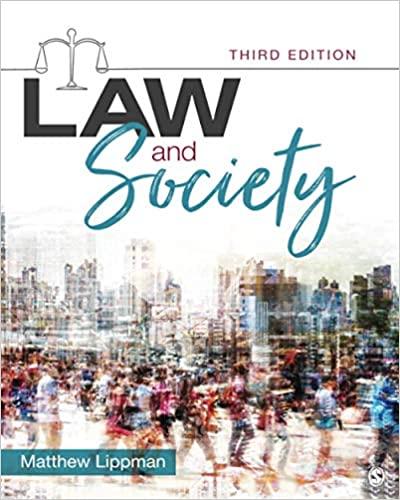I just need some insight on the ethical analysis questions.
BOX 7.1 Case Study: Failure of Informed Consent A twenty-year-old student athlete, a right-handed starting pitcher on his college varsity baseball team, had injured his right shoulder. The team orthopedic surgeon ordered a magnetic resonance imaging study that showed a full-thickness tear of the supraspinatus (one of the four rotator cuff muscles). Arthroscopic surgery was recommended and the student signed an informed consent form, agreeing to undergo right shoulder arthroscopy and repair of the supraspinatus injury. However, during the arthroscopic procedure the surgeon not only repaired the torn supraspinatus, but also repaired a small tear in the glenoid labrum (an internal fibrocarti- laginous rim supporting the ball-and-socket structure of the shoulder joint) and removed two small bone spurs. Surgery appeared to have been successful, but two weeks after the procedure the student began to experience a persistent achy pain in the right shoulder. Within another two weeks, the achy pain had progressed to a sharp pain upon any attempt to elevate the right arm. Physical therapy was not helping, and ultimately the student was unable to participate in the current baseball season. Subsequently, in the claim against the orthopedic surgeon for medical malpractice, it was determined that the student had never been informed that additional procedures might be done during the arthroscopy. Ethical Analysis 1. Discuss the failure to obtain appropriate informed consent in this case. Describe the types of information that should have been provided to the student to ensure he was fully informed. Discuss patient responsibilities in an informed consent process. 2. In the course of the malpractice action, the surgeon alleged he was acting in the patient's best interest by performing the additional arthroscopic procedures. In his professional opinion, the additional structural repair was necessary to optimize the postsurgical outcome. Discuss whether the surgeon's actions violated specific bio- medical ethical principles and how these violations, if any, impacted patient rights. 3. Consider an alternate scenario in which the student obtained an optimal recov ery. Discuss whether a positive outcome makes a failure to uphold patient rights retrospectively permissible







